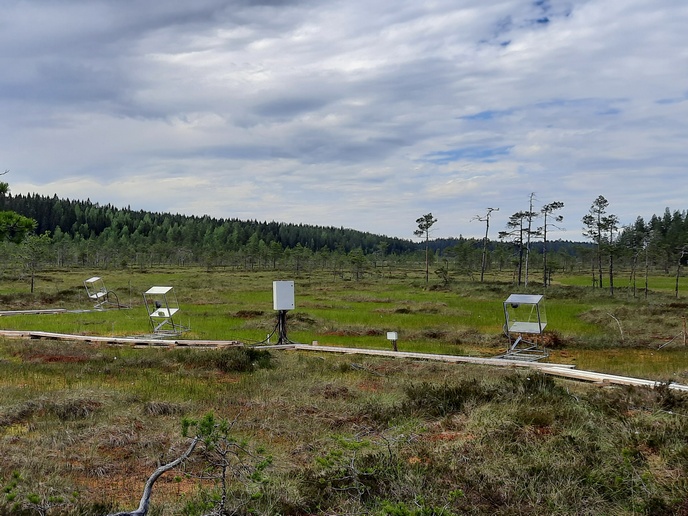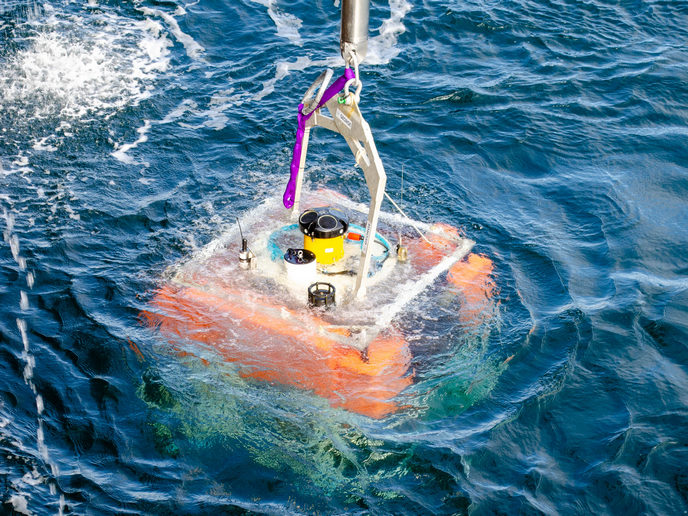Finding greenhouse gas emissions in high-latitude regions
How exactly the Earth’s land mass will respond to climate change is still poorly understood, which makes it difficult to know whether today’s current climate predictions are accurate. This includes high-latitude regions such as the Arctic and boreal ecosystems, which contain significant carbon reserves in their soil and could become huge net sources of greenhouse gases (GHGs). These areas also emit methane (CH4) and nitrous oxide (N2O), though the estimates of these emissions vary widely. Most studies have focused on climate impacts during plant-growing seasons, as the conditions for taking measurements in the winter are fairly unfavourable and many emissions are linked to plant activity, which peaks in the summer. “With changing climate, these periods are warming, which means that soil processes will likely continue both longer into the fall and potentially at a higher rate than before,” explains Claire Treat(opens in new window), professor in the Department of Agroecology at Aarhus University. “The net effect of these on annual emissions is unknown but potentially large.” So in the FluxWIN(opens in new window) project, which was funded by the European Research Council(opens in new window) (ERC), Treat and her colleagues headed into the high-latitude field to directly measure the fluxes in CH4 and N2O during the non-growing season and gain a more accurate picture of the impacts of the shifting climate.
Analysing non-growing season GHG flux in the lab and field
“The ERC allowed us to develop a really nice field site with automated chambers to measure greenhouse gas emissions that are capable of operating in the winter,” says Treat, FluxWIN project coordinator. The researchers measured how CH4 emissions vary within a wetland, as well as within the nearby upland, and throughout the year. Then they used field experiments and isotopic measurements of 13C-CH4 to look at how the components of CH4 fluxes changed throughout the year. In the lab, they explored how CH4 production and decomposition rates changed with temperature.
Showing the seasonal variability in CH4 emissions
The results that most excite Treat are from the thesis of her PhD student Katharina Jentzsch, which show that the seasonal variability of CH4 emissions differs among different vegetation communities. In some communities, CH4 emissions behaved exactly as expected by following plant activity, peaking during summer. But in the autumn, the researchers saw little change in emissions in drier vegetation communities, which became the key components of emissions at the larger, ecosystem scale. “When we considered the bog as a whole, the autumn methane emissions were higher than we would have expected due to the contribution from these dry plant communities,” notes Treat. This indicates spatial variability should be considered within wetlands to accurately predict annual CH4 emissions, which is not currently done in models.
Inspiring cold season emissions research
Treat says she believes the project stimulated other research, including into how cold season emissions are represented in models of the global carbon project CH4 budget. “Overall, I hope that this means that these important emissions are now included in global methane budgets.” The team now plans to work with collaborators at the University of Helsinki to look at how processes underlying CH4 fluxes differ between two different, common wetland types: bogs and fens. “I think this project really helped to shift the paradigm, to push other research groups working in high latitudes to continue measurements throughout the year, so it will continue at bigger scales even!” adds Treat.







